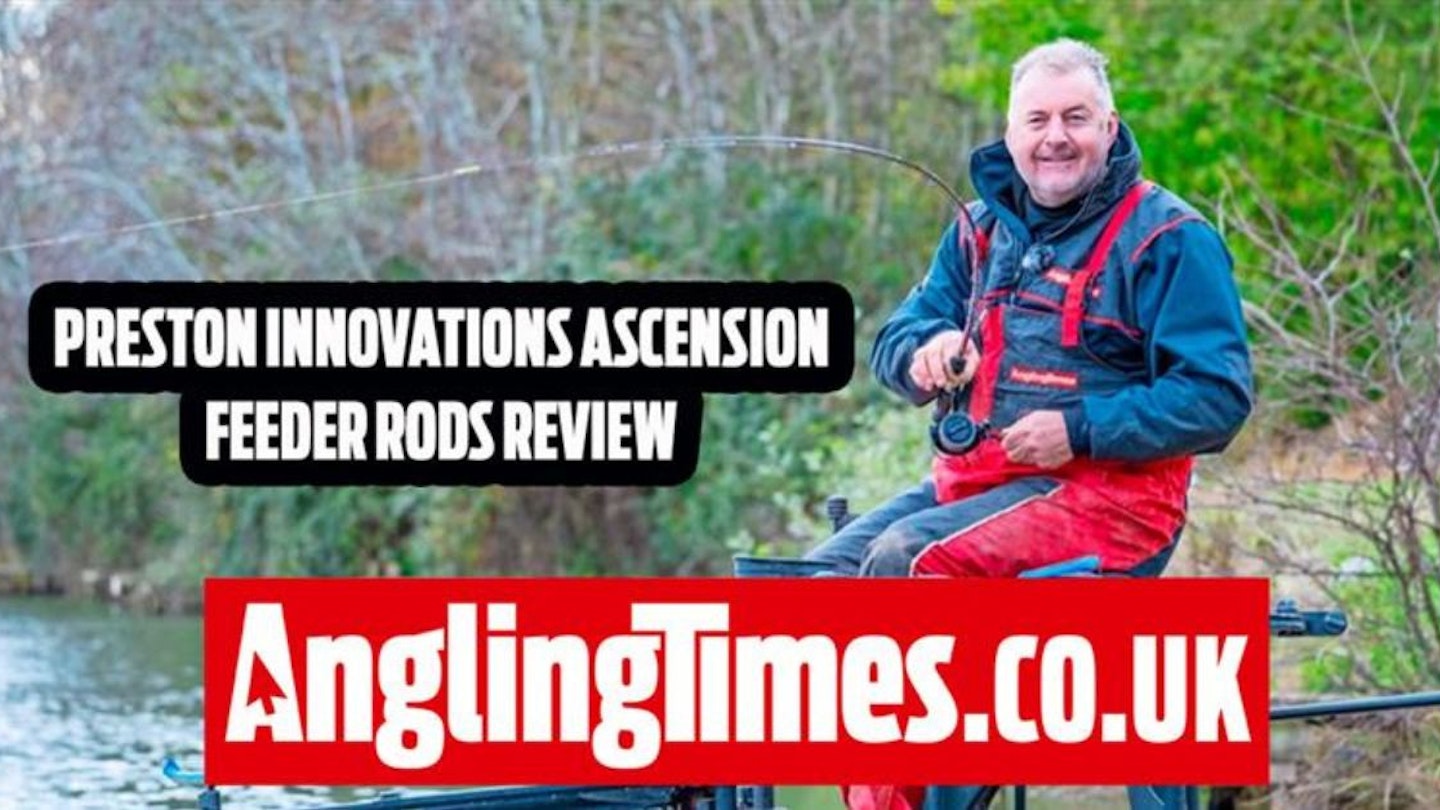It certainly isn’t every day that you get to go fishing with an England international angler, let alone with the new Preston Innovations Ascension feeder rods that he helped design. But that’s exactly what happened to me a few weeks ago when I met up with double Preston Innovations Feeder Masters champion Lee Kerry on the banks of Meadowlands Fishery in Coventry.
This venue plays host to many top matches and is regarded as one of the UK’s premier winter silverfish feeder waters. That suited Lee and me down to a tee, as the plan for the day was for him to talk me through the advantages of using one of Preston’s new Ascension Feeder fishing rods, while hopefully catching a few fish along the way.
Now, I have to own up and tell you that I saw Preston’s five new Ascension rods a couple of months back at the firm’s annual international trade show. There, the ever-meticulous Lee talked me through their tech spec, design and tactical uses. So confident and enthusiastic was he that I felt I had to ask him, time permitting, whether we could meet up and have a fish with them – if only to prove that they were as good as he claimed.
WATCH NOW! See the rods being put through their paces on our Angling Times YouTube channel.
Well, the day finally arrived, and I was raring to go. Lee had described what these rods can do with such conviction that I’d have bought a pair off him even before wetting a line with them!
I was also hoping to learn something that I could put to good use for my own feeder fishing. Little did I realise what the rest of day held in store, or how profound the experience would be.

Meadowlands was shrouded in mist, and a chill greyness was hanging around like the ghost of a fart in a small car. We weren't sure what the day would hold with such weather, but this was more about getting a feel for how the rods performed rather than a days angling.
Onto the rods, Lee had chosen to fish with the 3.4m (11ft 4ins) Ascension Feeder rod, the ideal length for the casting distance and weight of feeder he was going to use.
Lee had chosen a braided mainline attached to an 8lb mono leader, even though he was only fishing at 30m. That threw me, as I normally equate braided lines with distance casting or spod/Spomb tactics. Lee, though, calmly explained that whenever it’s allowed, he always uses braid as it helps him to read the swim.
Lesson two followed immediately. Read the swim, Lee? Yes, mate… watch!
As he cast in (hitting the clip hard), and after the feeder had hit the bottom, he would tighten the braid by moving the rod along the rest until he felt that it was set in a straight line. But the feeder never moved so much as an inch. Lee had built this soft, cushioning effect into the top area of the rod purposely to allow him to tighten it all up while only needing to move the rod-tip to do so.
Once the braid was tight, by making a tiny adjustment on the reel the tip-end was set so as to show a barely discernible curve. Lee emphasised that the quivertips had been specially designed to do this.
But why? Well, Lee was now able to read, via the tip, exactly what was going on in his swim and around the feeder. True to his word, the tip rattled and plucked. “That’s just fish moving around the bait, but it isn’t a bite, they’re just around the feed,” he said.
“A bite will see the tip go round and stay round.” And so it did, and that was the first fish of the day, a small skimmer.
I’d learned more from this one cast than I had for years doing it my way. It’s amazing that we as anglers (well, me mainly) become so blinkered and set in our ways. It’s no wonder that Lee is one of the best feeder anglers in the world.
The day was far more prolific than we had hoped, both catching multiple fish and really giving the range of rods a thorough workout.
THE VERDICT
It was clear to me, both using the rod and watching Lee, that the blank was designed for use with a braided mainline, but that isn’t written in stone! The rods come in five different lengths from 3.2m up to 4m, all with different casting ranges and maximum weight loadings. That way you can choose a model to suit the venues you fish. Each one has plenty of casting clout, not to the extreme as some rods offer can but you seldom need a rod like this to do so and you lose some of the magic and sensitivity that the Ascension has been so meticulously designed to provide.
The fish-playing actions are all very similar and flawless, without a sign of flat spots or twists. I’d rate them as being on the soft side of progressive, ideal for lighter lines and smaller hooks. But if you hook a rogue carp, it won’t mess you around. If you are catching lots of fish or need to land those odd bonus fish on more challenging days, this range will give you the best chances of doing so.
The rods are definitely more suited towards natural waters and styles of feeder fishing but I wouldn't hesitate to take them to a commercial, especially if its stuffed with silverfish. Let’s make no bones about it, the Ascensions are a very special range of rods, crafted by one very special angler.
FIND OUT MORE ABOUT THIS PRODUCT AND OTHERS FROM PRESTON INNOVATIONS HERE.
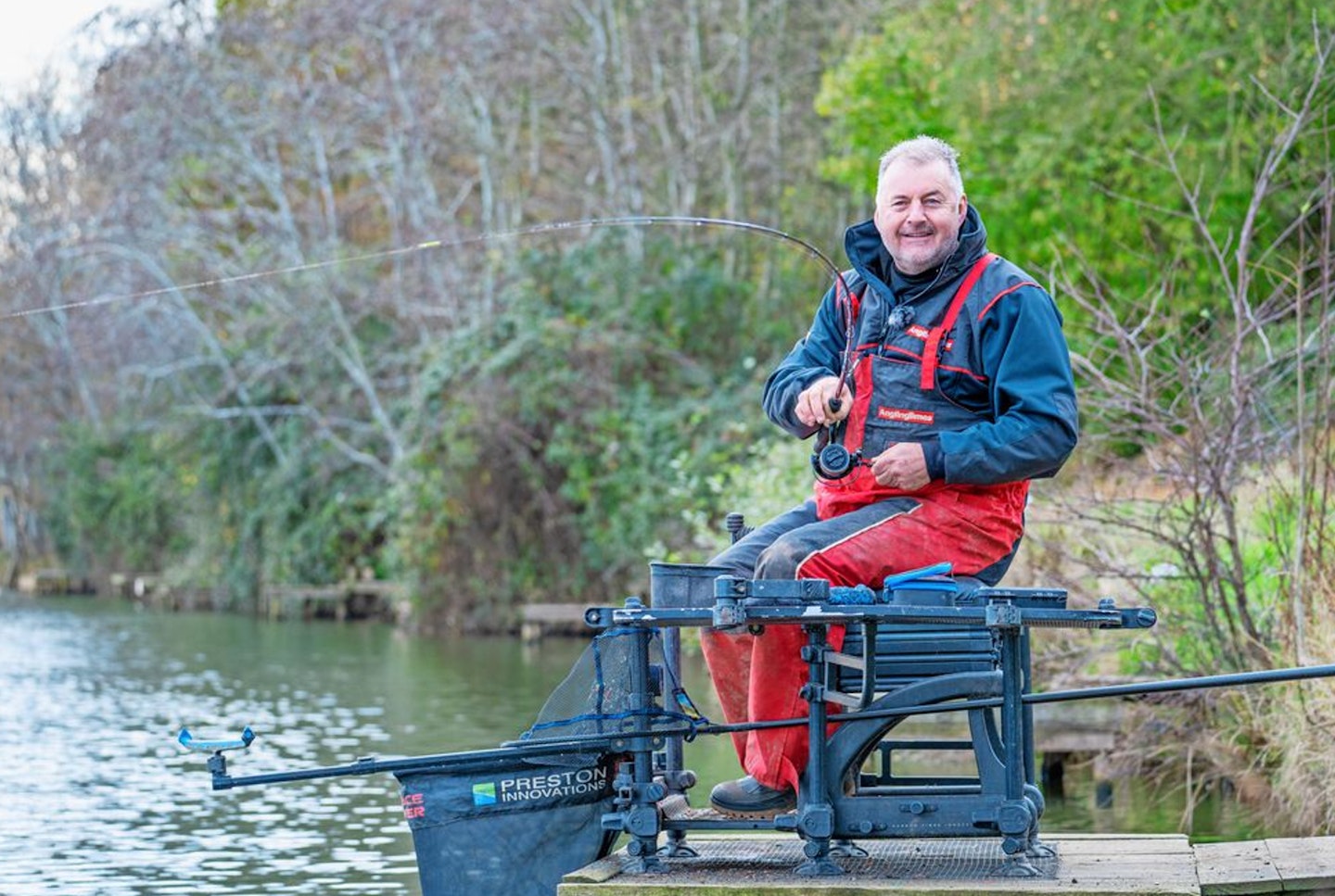
TECH SPEC
- Flattened handle
- Quivertips ranging from 0.5oz-5oz (depending on model)
- Full carbon build
- Cork/EVA handle
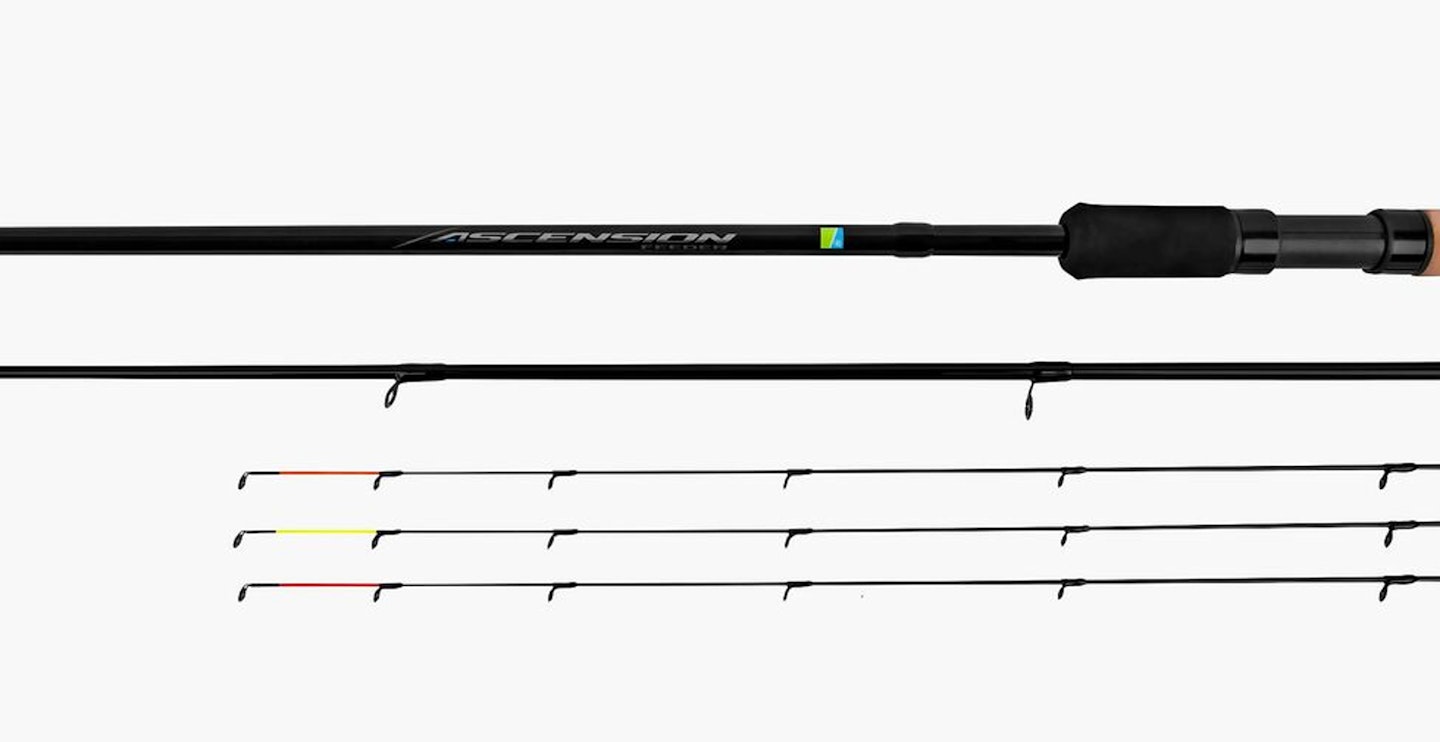
www.fishingtackleandbait.co.uk
Pros
- Superb fish playing action.
- Perfect natural water feeder rod.
Cons
- Not the best for targeting really large carp.
Our pick of the alternatives
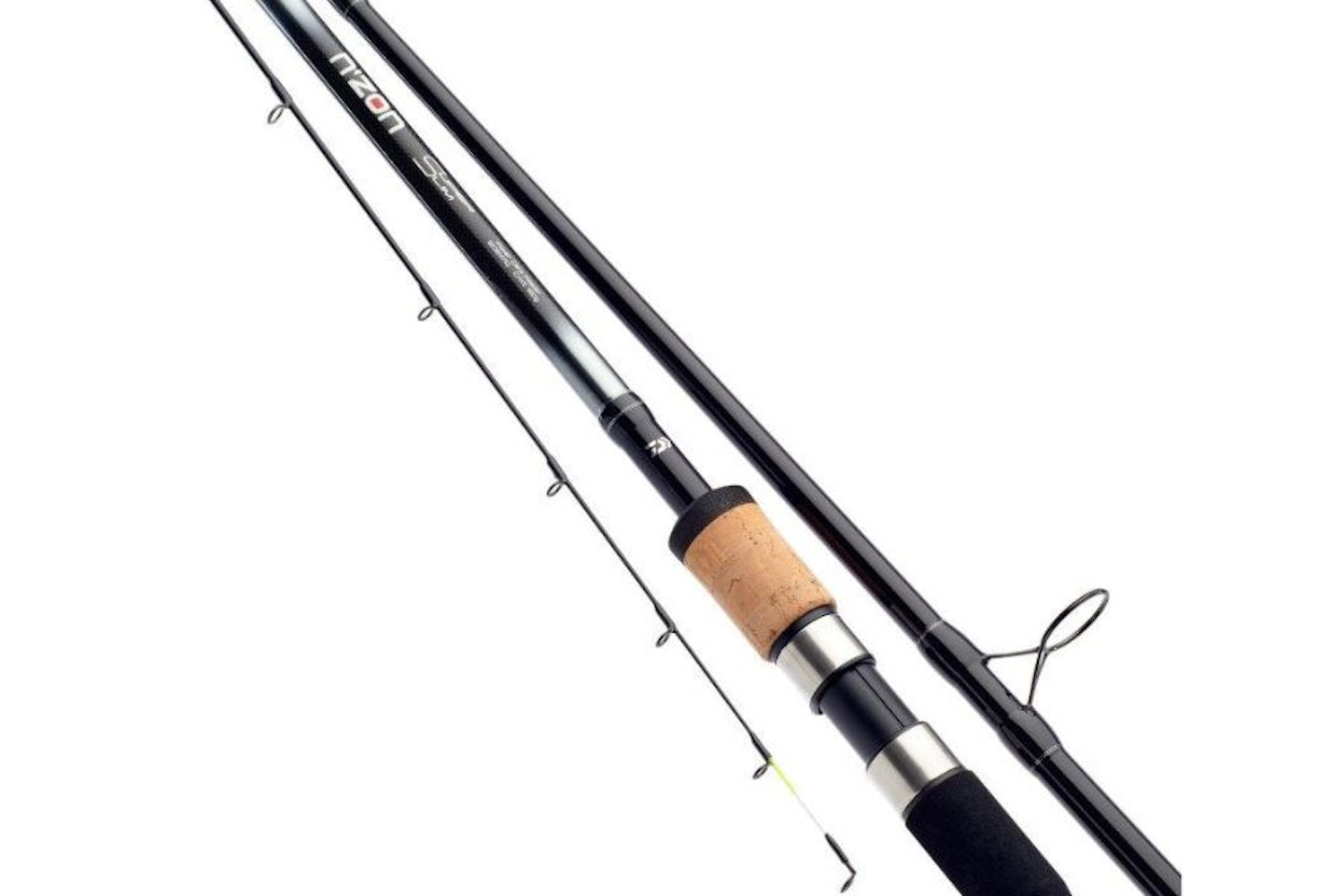
www.fishingtackleandbait.co.uk
The new range of Daiwa N'ZON Super Slim Feeder rods will have something included for whatever type of angling you want to do, whether that be chuck a feeder as far as you can or something more subtle for catching silvers at medium to short range. The slim profile makes the rod lightweight and quick through the air to aid casting and overall usage and the addition of the EVA Armlock handle makes it much more comfortable to play fish on.
Pros
- Slim profile makes for effortless casting.
- Premium Seaguides throughout.
Cons
- Armlock handle might not be to everyone's taste.
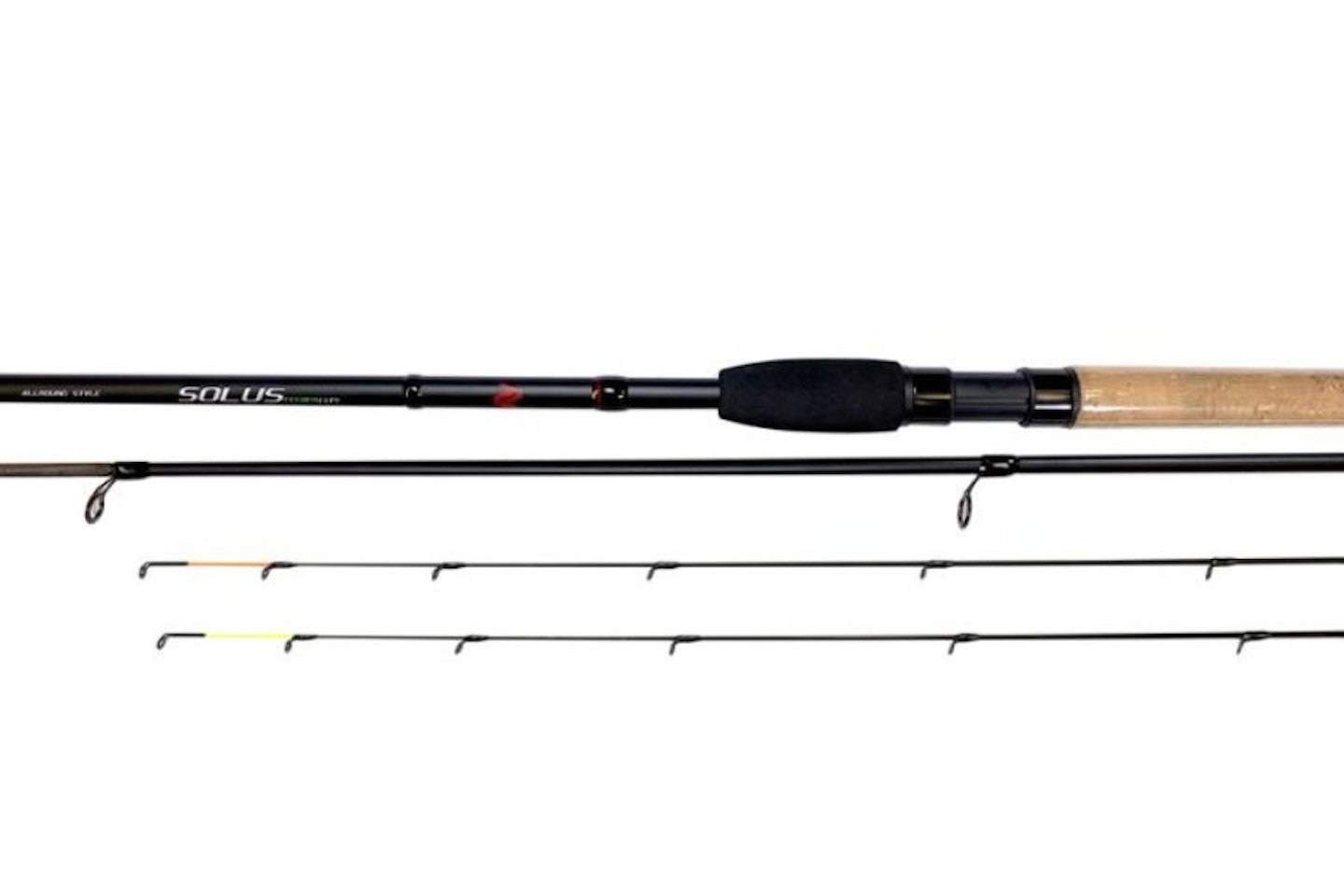
www.fishingtackleandbait.co.uk
If you want a feeder rod that can do a bit of everything, it's well worth checking out the Nytro Solus All Round Feeder rod range as that's exactly what they have been designed for. Built on a slim, 30T carbon blank, the rods are really durable making them very user friendly, with the high quality guides and cork/EVA handle further enhancing the range. The Solus has a more progressive action, so it's great for casting and playing larger fish in situations where you need a bit of extra backbone, whilst retaining some sensitivity when targeting for shy biting species like skimmers and roach.
Pros
- A take anywhere feeder rod.
- Very durable design.
Cons
- Not the most sensitive of feeder rods in the longer sizes.
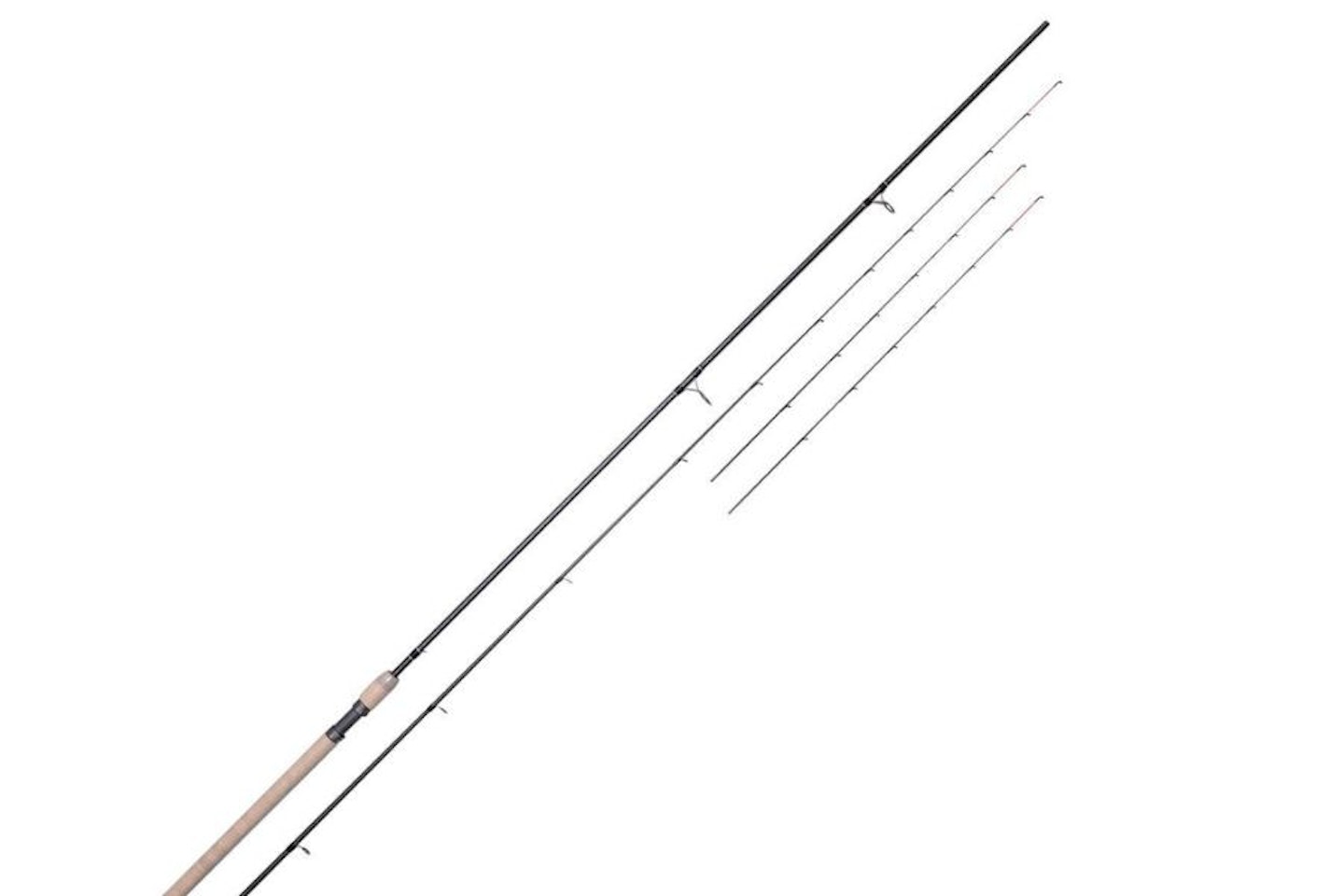
www.total-fishing-tackle.com
The Drennan Acolyte F1 Silvers Feeder rods offer superior performance when targeting silvers, F1s and smaller carp. They are incredibly slim and lightweight to the point you almost forget you're holding them, making them a superb choice when you're catching a lot of fish. The playing action is flawless, with it's through action ensuring you have the best chance of landing everything you hook.
Pros
- Incredibly lightweight build.
- Ideal when lots of fish are the target.
Cons
- Not designed for big fish or big feeders.
Author Mark Sawyer holds the position of Tackle Editor at Angling Times, boasting more than thirty years of experience working within different fields of the angling industry.
